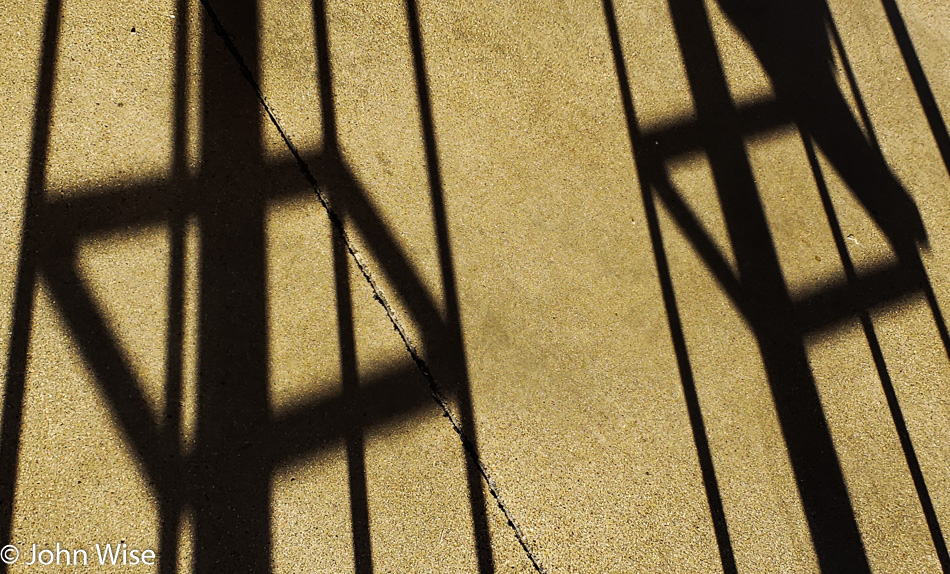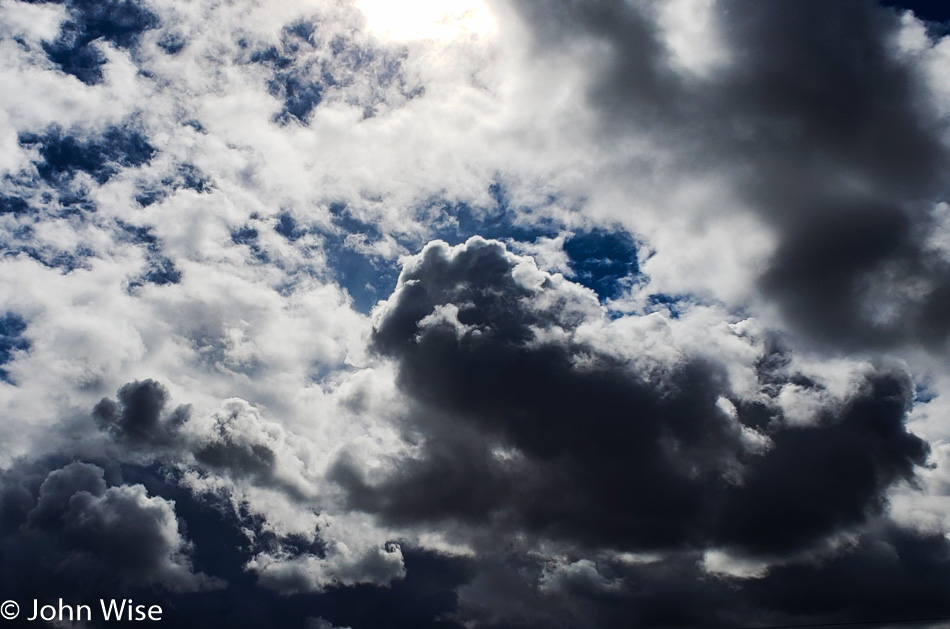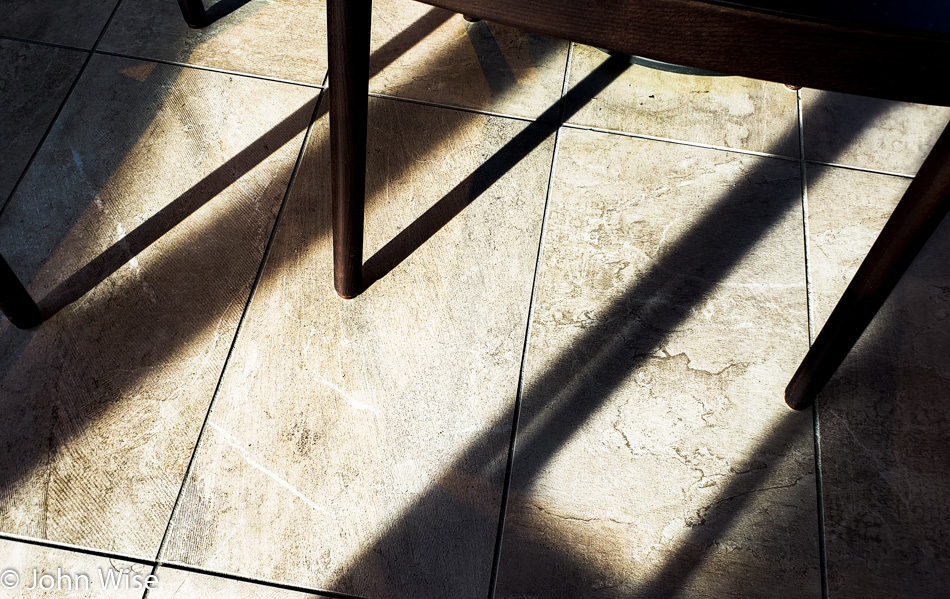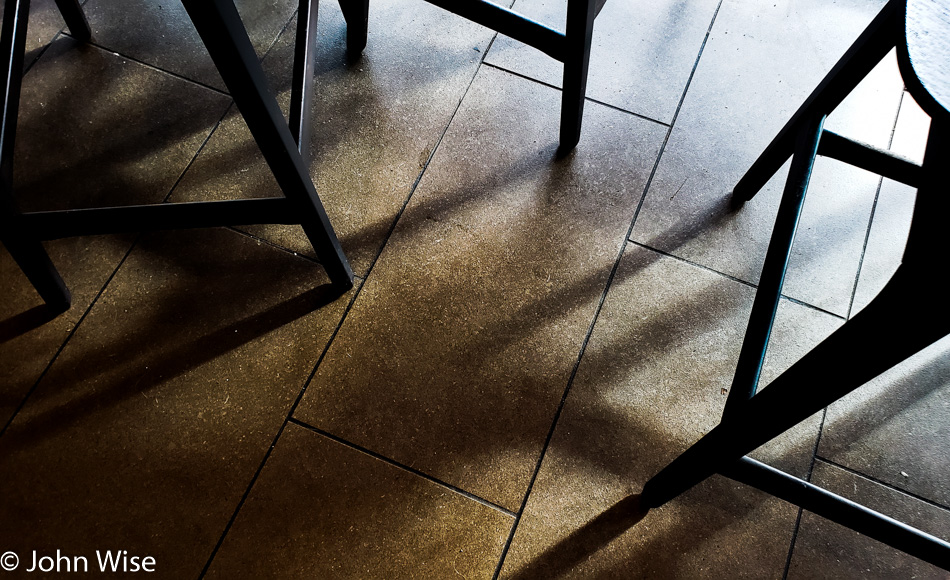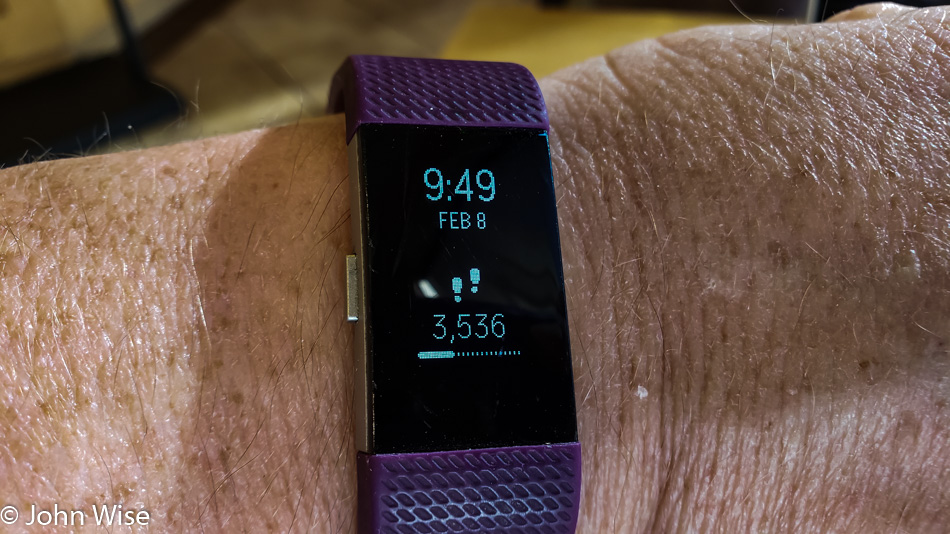
Eating a healthy, diabetic-friendly diet is not enough. I have to walk. There is a direct correlation between my blood glucose level and the amount of physical activity I get. I don’t need to run or do Zumba. I’m not sure yoga would offer any benefit, but I know that walking lowers my levels every time I make a serious effort to get out.
Walking, though, sometimes feels like a full-time job, as it takes me roughly two hours to get my six miles in. Luckily, this situation with my elevated readings occurred in the Arizona winter when the mornings are still quite cool and the days are not much warmer than about 70. In the summer, the need to walk in a depressing mall is disheartening. The idea of walking a couple of miles under the 110-degree sun is a non-starter.
It was 34 degrees this morning when I first stepped outside, two hours later and I needed somewhere else to get another mile in. I could choose a trail, but even after things had warmed to 39 degrees, the shadows were still a bit icy. So I drove over to Costco (which was still closed), and after my walk, I sat down at a coffee shop in the same plaza to start this blog entry while having an iced drink. The problem with walking around the vast Costco parking lot is that the morning crew is in there making cinnamon rolls before the doors open to the public, and in a large part of the lot, I’m being seduced by the wafting smell.
After coffee, with Costco now open, I walk over for some shopping with the aim of gathering another 1,000 steps before dropping the groceries at home and going out for another couple thousand. At that point, I should have a solid three miles on my Fitbit, and I can start tending to lunch.
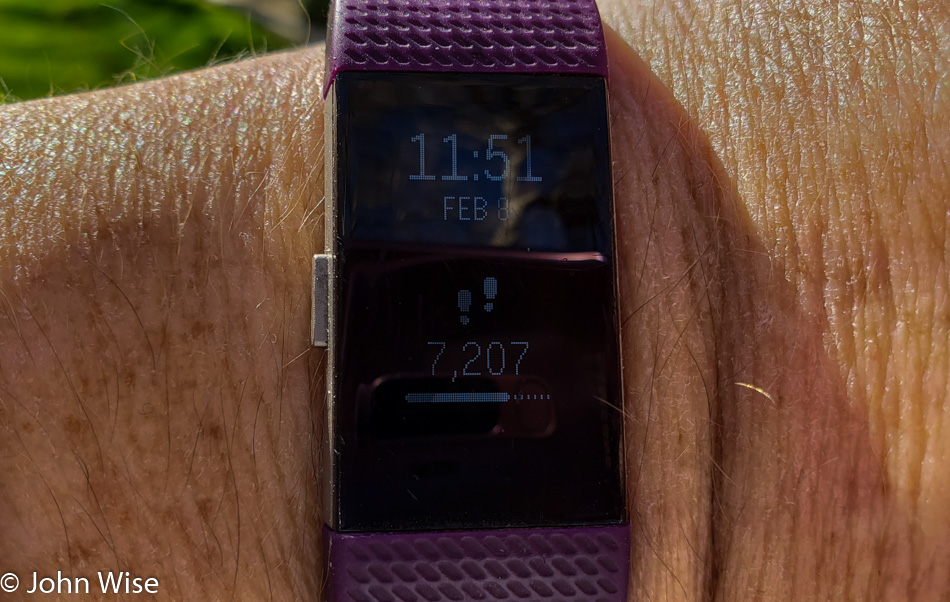
In this race to correct my sugar imbalance, I have to be rigorous in my effort, and lunch, in particular, is a struggle. All restaurants with a drive-thru are automatically disqualified as carbs are the primary and often only option on the menu. Mexican food, which is abundant here in the Southwest, is off the list as I have zero discipline to stay away from the tortilla chips. I could go out for a salad, but either I’ll be forced into something like an iceberg dinner salad that will leave me hungry in one hour, or I’ll be sitting in front of a 1,000-calorie monster.
An hour after eating whatever protein-heavy lunch I cook up, I have to force myself to break the lethargy and go out for at least another 2,000 steps.
Before dinner, I aim for another couple of miles, so I finally reach my 6 miles/ 12,000 step goal. Anything over that, and I’m thrilled and hopefully working towards weight loss.
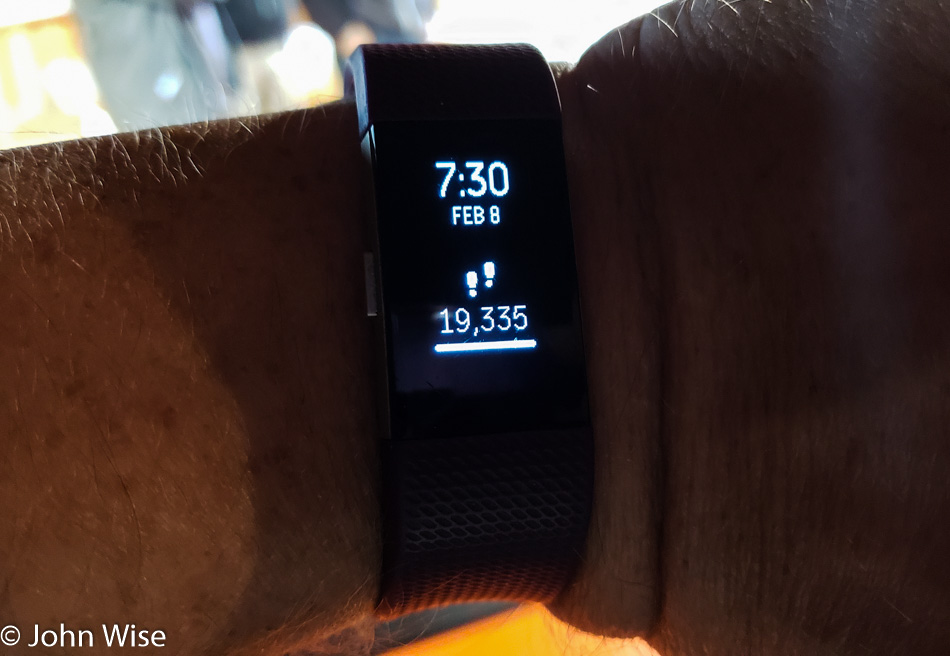
Initially following this routine, I start shedding weight quickly, but just as quickly, it plateaus, sapping a bit of my enthusiasm. This time around, though, I’m jotting down these notes to myself in order to remind me of my recognition of this imperative. Getting complacent in the past did not serve me well, and this time around, I have to force myself to get my weight down to a more reasonable 200 pounds. I’m weighing in at 241, which is 5 pounds heavier than I was about a year ago. I hate publishing this here, as it makes it more real than the self-delusional fantasy I like to entertain.
